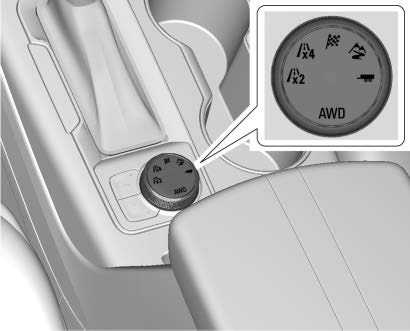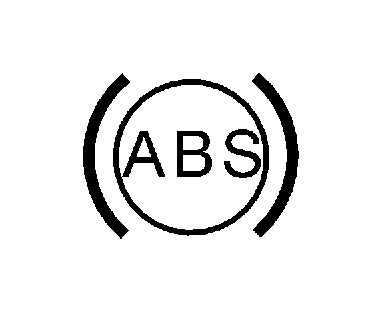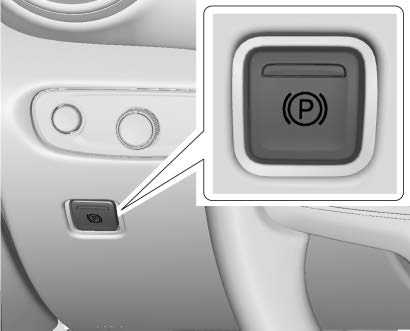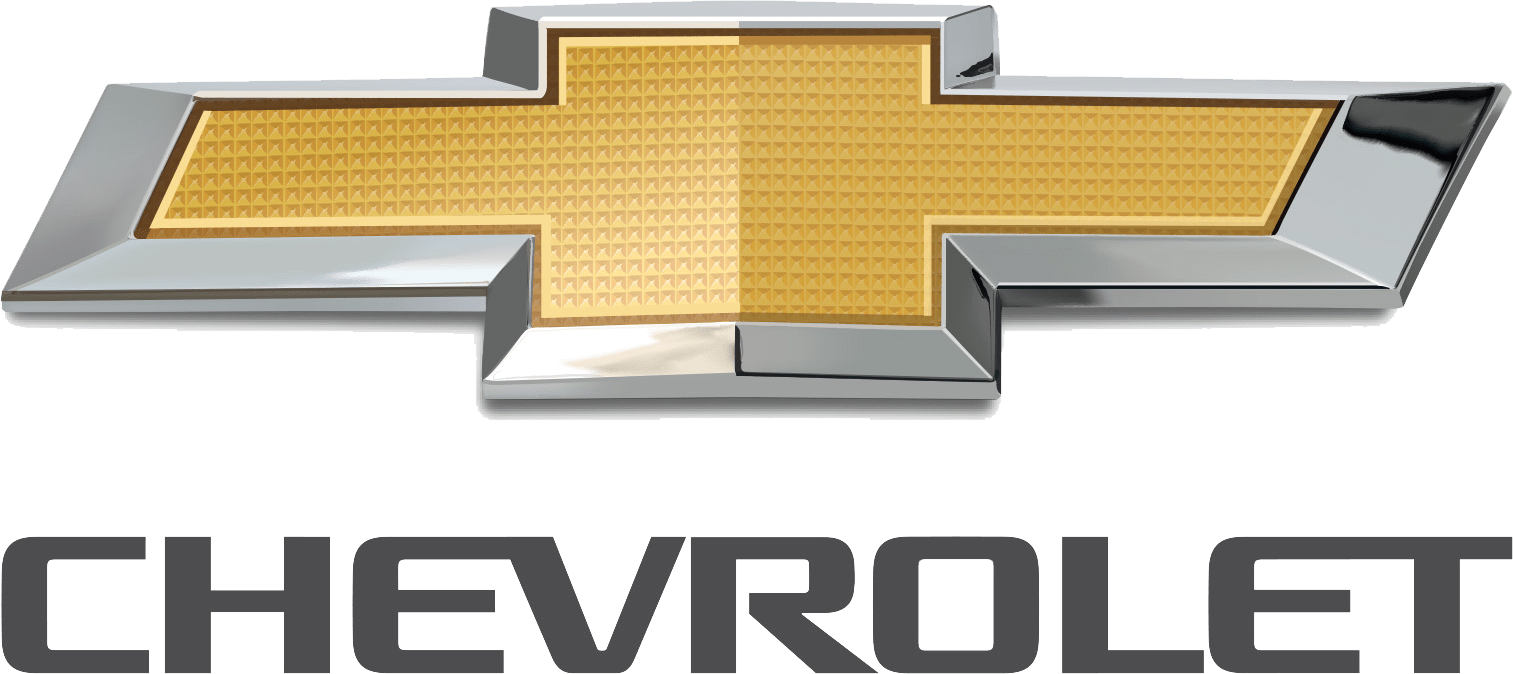Chevrolet Blazer 2023 Drive Systems User Guide
The Chevrolet Blazer 2023 is a mid-size SUV that offers various drive systems to suit different driving needs. The standard front-wheel drive system provides good fuel efficiency and handling in normal driving conditions. The all-wheel drive option is also available for those who require more traction and stability in harsh weather conditions or off-road driving. The Blazer 2023 also features a twin-clutch all-wheel drive system that can transfer torque between the front and rear wheels as needed for better traction and control. This system is particularly useful in slippery conditions or during high-performance driving. For drivers who value performance, the Blazer 2023 offers a sport-tuned suspension and a performance-oriented all-wheel drive system that includes a rear differential capable of distributing torque between the rear wheels, enhancing handling and cornering. Furthermore, the Blazer 2023 is equipped with several driver assistance features, including lane departure warning, forward collision warning, and adaptive cruise control, which work together to help the driver stay safe and in control while driving.
Drive Systems
All-Wheel Drive
Vehicles with this feature can operate in All-Wheel Drive (AWD) Mode.
Turn the knob to![]() to select AWD. See Driver Mode Control 0 206.
to select AWD. See Driver Mode Control 0 206.
When operated in two-wheel drive, the vehicle will deliver power to the front wheels only and may provide better fuel economy.
When using a compact spare tire on an AWD vehicle, the system automatically detects the compact spare and reduces AWD performance to protect the system. To restore full AWD operation and prevent excessive wear on the system, replace the compact spare with a full-size tire as soon as possible. See Compact Spare Tire 0 301.
Brakes
Electric Brake Boost
Vehicles equipped with electric brake boost have hydraulic brake circuits that are electronically controlled when the brake pedal is applied during normal operation.
The system performs routine tests and turns off within a few minutes after the vehicle is turned off. Noise may be heard during this
time. If the brake pedal is pressed during the tests or when the electric brake boost system is off, a noticeable change in pedal force and travel may be felt. This is normal.
Antilock Brake System (ABS)
The Antilock Brake System (ABS) helps prevent a braking skid and maintain steering while braking hard. ABS performs a system check when the vehicle is first driven. A momentary motor or clicking noise may be heard while this test is going on, and the brake pedal may move slightly. This is normal. If there is a problem with ABS, this warning light stays on. See Antilock Brake System (ABS) Warning Light 0 104.
If there is a problem with ABS, this warning light stays on. See Antilock Brake System (ABS) Warning Light 0 104.
ABS does not change the time needed to get a foot on the brake pedal and does not always decrease stopping distance. If you get too close to the vehicle ahead, there will not be enough time to apply the brakes if that vehicle suddenly slows or stops. Always leave enough room ahead to stop, even with ABS.
Using ABS
Do not pump the brakes. Just hold the brake pedal down firmly. Hearing or feeling ABS operate is normal.
Braking in Emergencies
ABS allows steering and braking at the same time. In many emergencies, steering can help even more than braking.
Electric Parking Brake
The Electric Parking Brake (EPB) can always be applied, even if the vehicle is off. In case of insufficient electrical power, the EPB cannot be applied or released. To prevent draining the battery, avoid unnecessarily repeated cycles of the EPB. The system has a red parking brake status light and an amber service parking brake warning light. See Electric Parking Brake Light 0 103 and Service Electric Parking Brake Light 0 103. There are also parking brake-related Driver Information Center (DIC) messages. Before leaving the vehicle, check the red parking brake status light to ensure that the parking brake is applied.
EPB Apply
To apply the EPB:
- Be sure the vehicle is at a complete stop.
- Press the EPB switch momentarily.
The red parking brake status light will flash and then stay on once the EPB is fully applied. If the red parking brake status light flashes continuously, then the EPB is only partially applied or there is a problem with the EPB. A DIC message will display. Release the EPB and try to apply it again. If the light does not come on, or keeps flashing, have the vehicle serviced. Do not drive the vehicle if the red parking brake status light is flashing. See your dealer.
If the amber service parking brake warning light is on, press the EPB switch. Continue to hold the switch until the red parking brake status light remains on. If the amber service parking brake warning light is on, see your dealer. If the EPB is applied while the vehicle is moving, the vehicle will decelerate as long as the switch is pressed. If the switch is pressed until the vehicle comes to a stop, the EPB will remain applied. The vehicle may automatically apply the EPB in some situations when the vehicle is not moving. This is normal and is done to periodically check the correct operation of the EPB system, or at the request of other safety functions that utilize the EPB. If the EPB fails to apply, block the rear wheels to prevent vehicle movement.
EPB Release
To release the EPB:
- Turn the ignition on or to ACC/ ACCESSORY.
- Apply and hold the brake pedal.
- Press the EPB switch momentarily.
The EPB is released when the red parking brake status light is off.
If the amber service parking brake warning light is on, release the EPB by pressing and holding the EPB switch. Continue to hold the switch until the red parking brake status light is off. If either light stays on after release is attempted, see your dealer
Caution
Driving with the parking brake on can overheat the brake system and cause premature wear or damage to brake system parts. Make sure that the parking brake is fully released and the brake warning light is off before driving. If you are towing a trailer and parking on a hill, see Driving Characteristics and Towing Tips 0 235.
Automatic EPB Release
The EPB will automatically release if the vehicle is running, placed into gear, and an attempt is made to drive away. Avoid rapid acceleration when the EPB is applied, to preserve parking brake lining life.
Brake Assist
Brake Assist detects rapid brake pedal applications due to emergency braking situations and provides additional braking to activate the Antilock Brake System (ABS) if the brake pedal is not pushed hard enough to activate ABS normally. Minor noise, brake pedal pulsation, and/or pedal movement during this time may occur. Continue to apply the brake pedal as the driving situation dictates. Brake Assist disengages when the brake pedal is released.
Hill Start Assist (HSA)
Warning
Do not rely on the HSA feature. HSA does not replace the need to pay attention and drive safely. You may not hear or feel alerts or warnings provided by this system. Failure to use proper care when driving may result in injury, death, or vehicle damage. See Defensive Driving 0 180.
When the vehicle is stopped on a grade, Hill Start Assist (HSA) prevents the vehicle from rolling in an unintended direction during the transition from brake pedal release to accelerator pedal application. The brakes release when the accelerator pedal is applied. If the accelerator pedal is not applied within a few minutes, the Electric Parking Brake will apply. The brakes may also release under other conditions. Do not rely on HSA to hold the vehicle.
HSA is available when the vehicle is facing uphill in a forward gear, or when facing downhill in R (Reverse). The vehicle must come to a complete stop on a grade for HSA to activate.
Q&A
- What drive systems are available in the Chevrolet Blazer 2023?
- The Chevrolet Blazer 2023 comes with three drive systems, including front-wheel drive, all-wheel drive, and a twin-clutch all-wheel drive system.
- What is the standard drive system in the Chevrolet Blazer 2023?
- The standard drive system in the Chevrolet Blazer 2023 is front-wheel drive.
- What is all-wheel drive in the Chevrolet Blazer 2023?
- All-wheel drive is an optional drive system in the Chevrolet Blazer 2023, which provides better traction and stability in harsh weather conditions or off-road driving.
- What is the twin-clutch all-wheel drive system in the Chevrolet Blazer 2023?
- The twin-clutch all-wheel drive system in the Chevrolet Blazer 2023 can transfer torque between the front and rear wheels as needed for better traction and control, especially in slippery conditions or during high-performance driving.
- What is the advantage of a sport-tuned suspension in the Chevrolet Blazer 2023?
- The sport-tuned suspension in the Chevrolet Blazer 2023 offers better handling and cornering performance, especially for those who prioritize performance.
- What is the performance-oriented all-wheel drive system in the Chevrolet Blazer 2023?
- The performance-oriented all-wheel drive system in the Chevrolet Blazer 2023 includes a rear differential that can distribute torque between the rear wheels for improved handling and cornering performance.
- Does the Chevrolet Blazer 2023 come with driver assistance features?
- Yes, the Chevrolet Blazer 2023 comes with several driver assistance features, such as lane departure warning, forward collision warning, and adaptive cruise control.
- How does the twin-clutch all-wheel drive system work in the Chevrolet Blazer 2023?
- The twin-clutch all-wheel drive system in the Chevrolet Blazer 2023 can send up to 50% of the torque to the rear wheels when needed, and can also transfer torque between the left and right rear wheels for improved handling and stability.
- Is the performance-oriented all-wheel drive system standard in the Chevrolet Blazer 2023?
- No, the performance-oriented all-wheel drive system is an optional feature in the Chevrolet Blazer 2023.
- What is the benefit of all-wheel drive in the Chevrolet Blazer 2023?
- All-wheel drive in the Chevrolet Blazer 2023 provides better traction and stability, especially in harsh weather conditions or off-road driving.
- What is the maximum torque distribution of the twin-clutch all-wheel drive system in the Chevrolet Blazer 2023?
- The twin-clutch all-wheel drive system in the Chevrolet Blazer 2023 can distribute up to 70% of the torque to the rear wheels, depending on the driving conditions.
- Can the driver select the drive mode in the Chevrolet Blazer 2023?
- Yes, the driver can select the drive mode in the Chevrolet Blazer 2023, with options for Tour, Sport, and Off-Road.
- What is the advantage of a front-wheel drive system in the Chevrolet Blazer 2023?
- The front-wheel drive system in the Chevrolet Blazer 2023 provides good fuel efficiency and handling in normal driving conditions.
- Can the Chevrolet Blazer 2023 tow a trailer?
- Yes, the Chevrolet Blazer 2023 can tow a trailer, with a maximum towing capacity of up to 4500 pounds.
- Is the front-wheel drive system suitable for off-road driving in the Chevrolet Blazer 2023?
- No, the front-wheel drive system is not suitable for off-road driving in the Chevrolet Blazer 2023.
Useful Links
View Full User Guide: Chevrolet Blazer 2023 User Guide
Download Manuals: https://www.chevrolet.com/support/vehicle/manuals-guides


